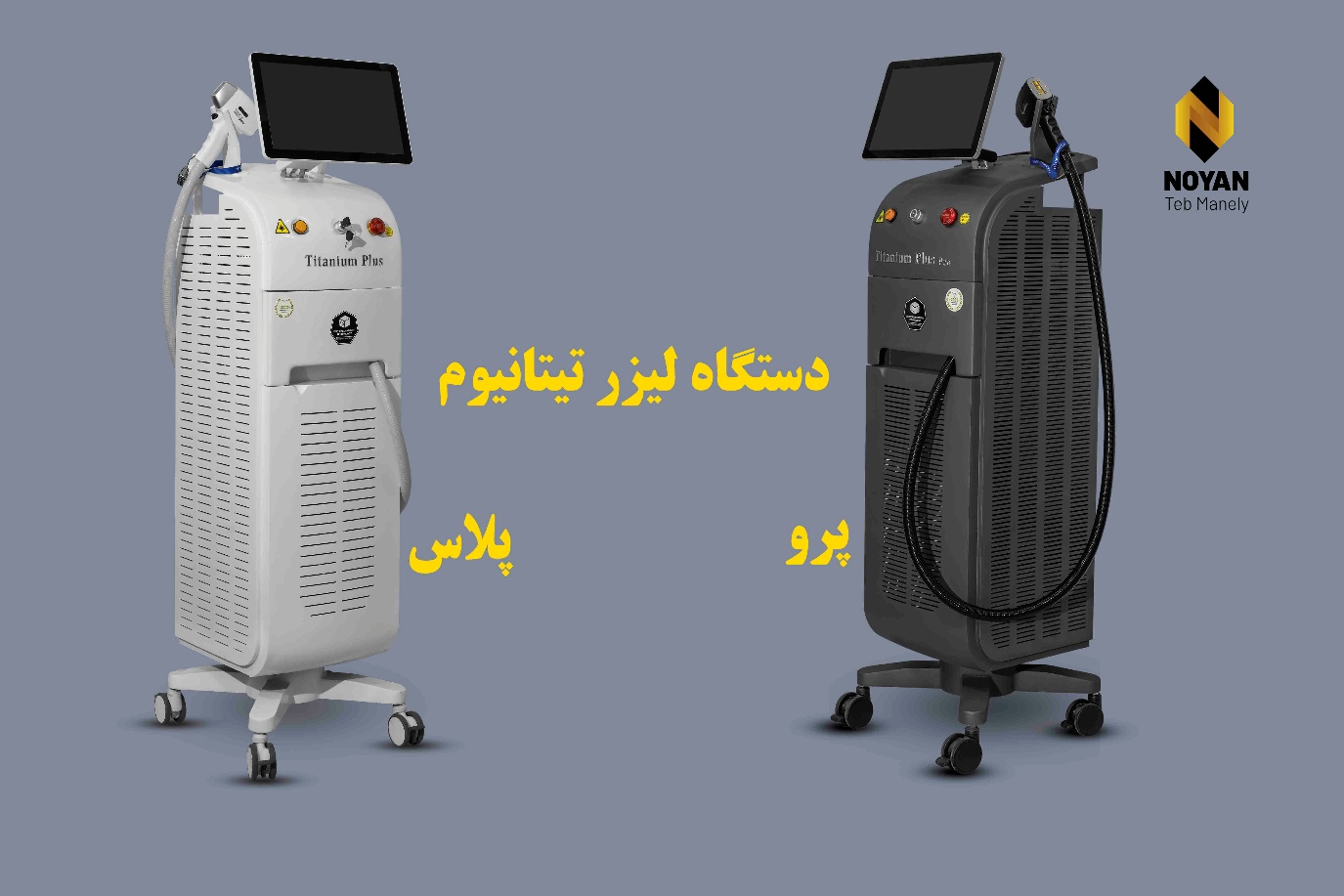In the ever-evolving world of printing technology, Direct-to-Film (DTF) printing has gained significant attention as an innovative and versatile method for printing high-quality designs on various materials. Whether you’re a business owner or a hobbyist looking to elevate your print projects, understanding dtf printing can help you make informed decisions about integrating this technology into your operations. In this article, we’ll break down what a DTF printer is, how it works, its advantages, and why it’s becoming increasingly popular in the print industry.
What is a DTF Printer?
A DTF (Direct-to-Film) printer is a relatively new type of printer that directly prints designs onto a special film, which is then transferred onto a variety of substrates, including textiles, garments, and other materials. Unlike traditional printing methods like screen printing or sublimation, DTF printing offers greater flexibility and can be used on a wide range of fabrics and surfaces, including dark and light-colored materials.
DTF printers work by first printing the design onto a specially coated PET film using high-quality inks. After printing, a layer of adhesive powder is applied to the printed design while it’s still wet. The adhesive powder is then cured, allowing it to bond to the design. The final step involves transferring the design onto the desired surface using a heat press.
How Does DTF Printing Work?
DTF printing is a multi-step process that involves the following key stages:
-
Design Creation: The first step is creating the design, which is typically done using graphic design software like Adobe Illustrator or CorelDRAW.
-
Printing the Design: The design is printed onto a PET film using a DTF printer. The printer uses specialized inks that produce vibrant colors, ensuring high-quality output.
-
Applying Adhesive Powder: After the design is printed, an adhesive powder is applied to the film while the ink is still wet. This powder helps the ink bond to the fabric when it’s transferred.
-
Curing the Adhesive: The powder is cured using heat, which activates the adhesive and ensures that it will stick properly to the fabric when transferred.
-
Transfer to Fabric: The final step involves using a heat press to transfer the design from the PET film onto the fabric or material. The heat press applies pressure and heat, making the design adhere permanently to the material.
Advantages of DTF Printing
DTF printing offers several benefits over traditional printing methods, making it an attractive choice for both small businesses and large-scale operations. Here are some of the key advantages:
-
Versatility: DTF printers can print on a variety of materials, including cotton, polyester, nylon, leather, and more. This versatility allows businesses to produce custom designs on a wide range of products, from T-shirts to bags and shoes.
-
High-Quality Prints: DTF printing produces vibrant, sharp, and durable prints that stand out. The colors are rich and long-lasting, making them ideal for custom apparel and other products.
-
Cost-Effective: Compared to other methods like screen printing, DTF printing can be more cost-effective, especially for small to medium-sized print runs. There’s no need for expensive screens or setup costs, which makes it an affordable option for businesses just getting started.
-
No Need for Pre-Treatment: Unlike sublimation or direct-to-garment (DTG) printing, DTF doesn’t require pre-treatment on the fabric, which can save both time and money.
-
Durability: The prints made with DTF printers are highly durable and resistant to cracking, fading, or peeling over time. This makes DTF printing an excellent choice for garments that are frequently washed or exposed to wear and tear.
-
Suitable for Dark Fabrics: One of the significant benefits of DTF printing is that it works well on both light and dark fabrics. Unlike screen printing or heat transfer vinyl (HTV), which may struggle with dark-colored fabrics, DTF printing provides excellent results without compromising on color quality.
Common Applications of DTF Printing
DTF printing has rapidly become a go-to method for various applications, especially in the garment decoration industry. Here are some common uses:
-
Custom Apparel: T-shirts, hoodies, caps, and socks can all be printed using DTF technology. Whether it’s for small-run custom orders or large batch production, DTF offers great flexibility.
-
Textile Printing: DTF printers can be used to print on a wide variety of textiles, such as jackets, tote bags, and uniforms, allowing businesses to expand their product offerings.
-
Personalized Gifts: The ability to print on various materials makes DTF printing an excellent option for creating personalized gifts like mugs, pillows, phone cases, and more.
-
Sportswear and Merchandise: DTF printing is popular in creating vibrant custom sportswear and event merchandise, as it offers high-quality prints that stand out.
Challenges of DTF Printing
Despite its many advantages, DTF printing does come with some challenges:
-
Initial Setup Cost: Although DTF printing can be more cost-effective for small runs, the initial setup cost of the printer and associated equipment (such as the heat press and adhesive powder) can be high.
-
Learning Curve: Like any new technology, DTF printing requires some time to learn, especially when it comes to adjusting settings for optimal print quality and curing.
-
Film and Ink Costs: While the inks and films used in DTF printing are generally affordable, over time, the cost of consumables can add up, especially for larger print operations.
-
Maintenance: DTF printers, like other types of printers, require regular maintenance to keep them running smoothly. The printheads, in particular, need to be cleaned regularly to prevent clogging.

